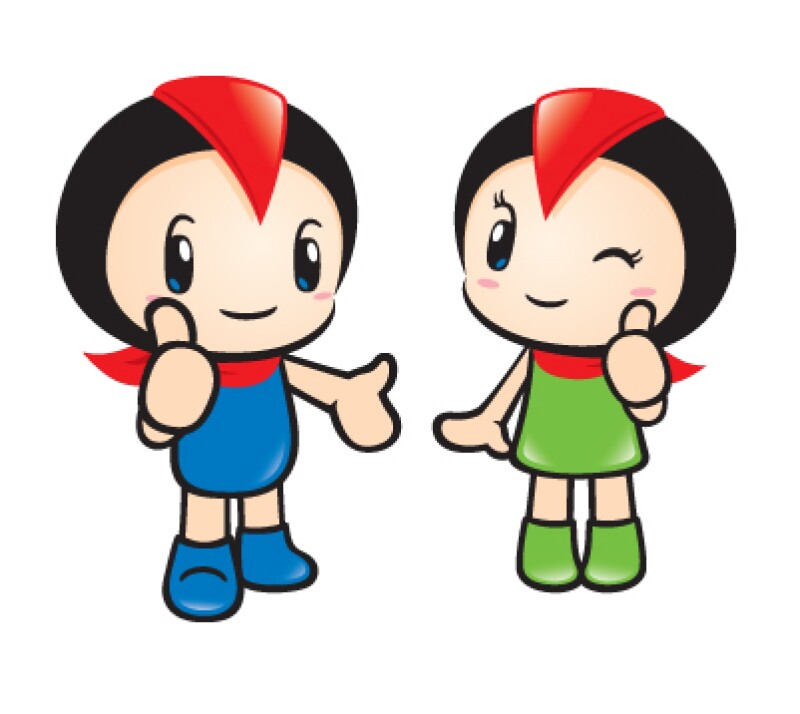
|
KIPO mascots Kiki and Popo. Kiki and Popo are "are human robots that symbolise cutting-edge science and technology illustrating KIPO as the highest intellectual property rights organisation in Korea" |
KIPO received 210,000 applications in 2014, a 2.8% increase from the previous year. The office also received 150,000 trade mark applications, compared to 147,667 in 2013. In addition, it received 64,000 design applications, a 3.9% drop from 2013.
Overall, KIPO received 434,000 applications including invention patents, trade marks, designs, and utility models, a 0.9% increase from 2013.
For patent applications, average pendency time was 11 months in 2014, an improvement over the 13-month average pendency period in 2013. According to KIPO’s statistics, the pendency times for patent, trade mark and design applications as well as for trials before the IP Tribunal have been steadily dropping since 2010, with patent applications making the biggest gains. In 2010, the average pendency time for a patent application was over 18 months.
KIPO says its goal is to reduce average patent application pendency times to 10 months in 2015. It also aims to lower average pendency times for trade mark and design applications to five months from the 2014 average of slightly over six months for both.
In addition to reducing pendency times, KIPO says that it has been seeking to reduce the average workload per patent examiner. In 2014, the average KIPO examiner examined 207 patents, a number that is higher than those at the USPTO and EPO. Similarly, the average JPO examiner examined 193 applications per year in 2013.










